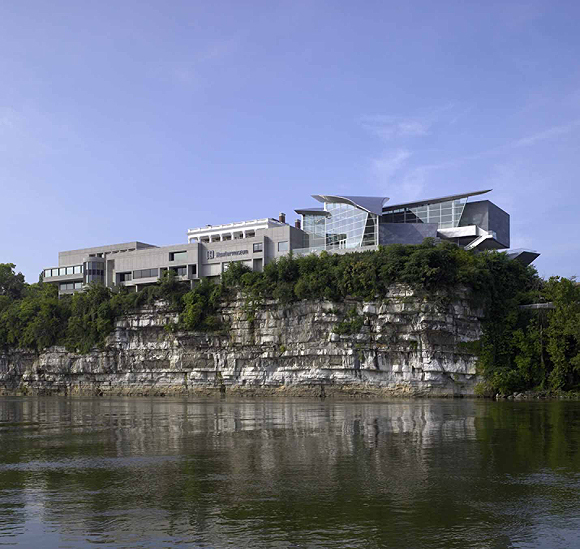
A recent AIArchitect reported on the AIA New Hampshire design awards, among which was a project by the Massachusetts firm of Albert, Righter & Tittmann Architects, Inc. I recognized “Tittmann”—John Tittmann, a graduate school classmate—and took a tour of their website. Good work, of a sort not much appreciated among my close colleagues: skillful, straightforward interpretations of non-modern styles.
One project particularly caught my eye. Its clear precursors are the vacation houses for the Trubeks and Wislockis, which I’ve always considered the very best of Robert Venturi’s work, perhaps because they’re more simply good-humored, less archly ironic, than much of his oeuvre. The main problem with thoughtful Postmodernism (don’t get me started on the other kind) is its irony, which weathers less well than a well-made building (albeit the second biggest problem with that period—though not with Venturi, Scott-Brown and Izenour’s work—was poor-quality construction).
This little building is in a mode that one sees from time to time on the East Coast and in Britain but rarely out here: it not only has character but also is a character. It recalls the kinship between façade and face. I may especially like this one because, as I mentioned in my e-mail to John, the Culvahouses have an hereditary ability to raise one eyebrow asymmetrically high, like Humphrey Bogart.
The house displays a willingness to inflect, as the Trubek and Wislocki houses inflect toward one another out there on the beach in Nantucket. Judith Wolin, with whom I taught at RISD, used to demonstrate the idea of inflection by pointing to a student in her class and then asking the students to note how their collective postures would compel another person entering the room to look in that direction, too. It’s been interesting to follow the idea among some of Judith’s students, including Office dA in Boston and Kuth Ranieri in San Francisco.
Of course, it appears elsewhere. I was recently back among the hills of Chattanooga, where I was pleasantly surprised by the graceful inflections of Randall Stout, FAIA’s addition to the Hunter Museum of Art. I might be forgiven for suspecting the building of Swoops for Swoops’ Sake—it is difficult to tell in photos—but it turns out these swoops do a lovely job of guiding both one’s eyes and one’s feet.

I—blessed as I am with the eyebrow-raising gene—favor the wink, but the flourish has its place.
Here’s lookin’ at you.
Originally published 1st quarter 2009, in arcCA 09.1, “Entitlements.”





